To help you date your old family photographs, so far I’ve shown you how to spot daguerreotypes, collodion positives and ferrotypes. Today we turn to the distinguishing features of the carte de visite—a 19th-century collecting craze.
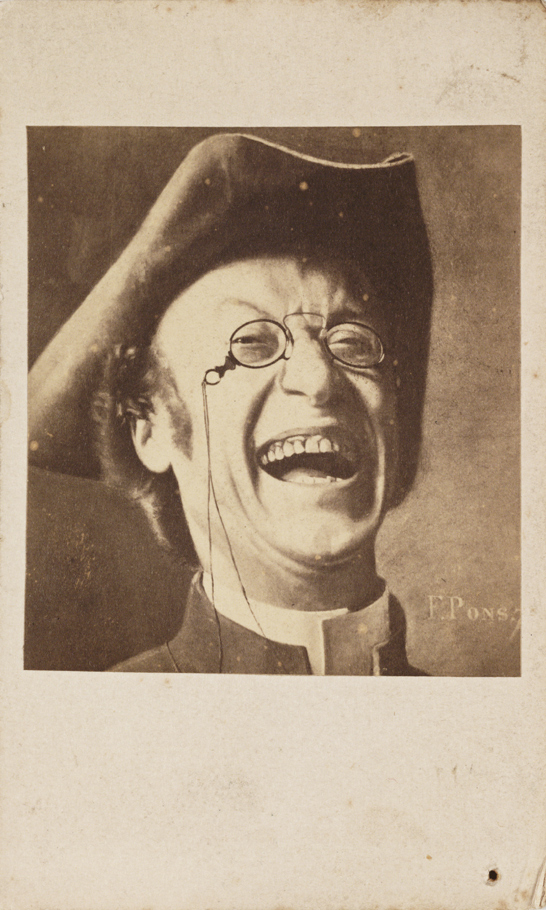
About cartes de visite
A carte de visite is a photograph mounted on a piece of card the size of a formal visiting card—hence the name. The format was patented by the French photographer Andre Adolphe Eugene Disdéri (1819–89) in 1854.
Most professional portrait photographers of the 1850s took either daguerreotypes or collodion positives. With both processes, each picture was unique and multiple copies could only be made with difficulty, if at all.
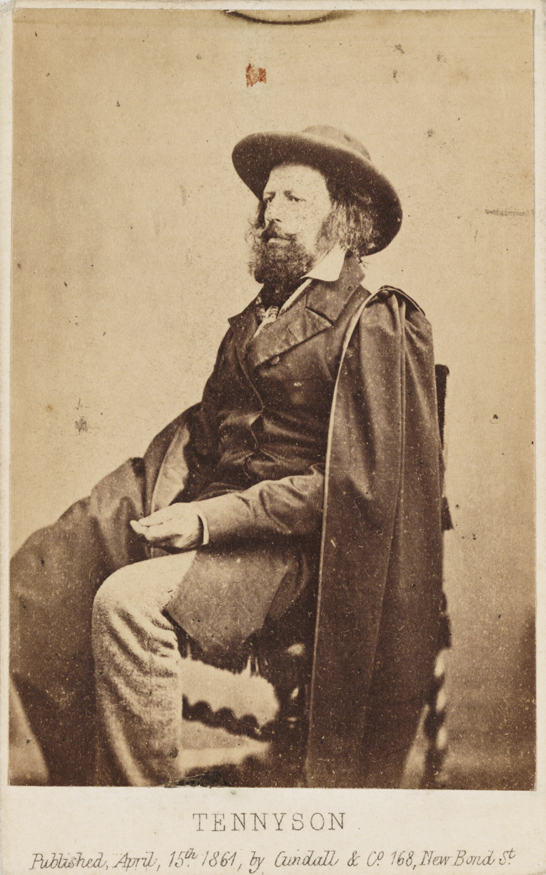
People wanting larger portraits or more than one copy could have whole plate prints made from wet collodion negatives, but there was little demand for these except in the most fashionable studios because they were expensive (£2–4 depending on the size and whether it was hand coloured or not).
Realising that there was a market for a process which could produce a large number of prints very cheaply, Disdéri devised a way of reducing costs by taking several portraits on one photographic plate.
This required the use of a special camera and many different types were developed.
Some had several lenses, which could be uncovered either individually, or all at the same time to give 4 or 8 photographs on the same plate. Others had a mechanism for moving the photographic plate so that each image was recorded on a different area.
The carte de visite collecting craze
Cartes de visite was introduced to England in 1857. In May 1860, J.E. Mayall took carte portraits of Queen Victoria, Prince Albert and their children. These were published later that year and the popularity of carte portraits soared.
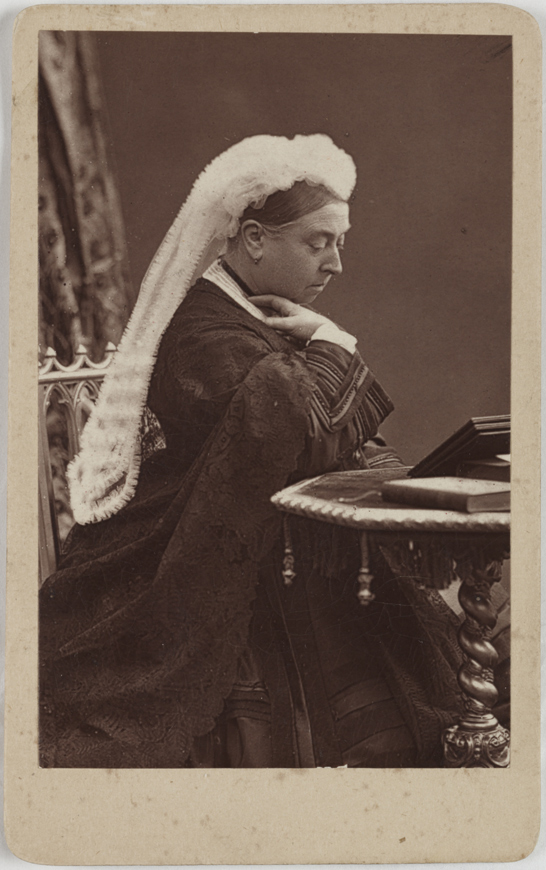
People began to collect portraits of their family, friends and celebrities and mounting them in photograph albums. Celebrity cartes were sold at stationer’s shops in the same way that picture postcards are today.
The craze for collecting celebrity cartes de visite in albums reached its peak during the 1860s, but the format remained popular until the beginning of the 20th century, and cartes can still be found in large numbers, loose or in family albums.
Use these clues to identify a carte de visite
Because they were popular for so long, it can sometimes be difficult to date cartes de visite.
The subject’s clothing and the photographer’s name and address, often printed on the back, can be very helpful, but changes in the cardboard mount can also assist with dating.
Size
Cartes were small paper prints—about 3.5 x 2 inches pasted onto standard sized cardboard mounts, about 4 x 2.5 inches. This size remained unchanged throughout the carte’s history.
Mount
If you have several examples of cartes you can compare, the relative thickness of the cardboard mount can indicate a rough date. Generally, the thinner the mount, the earlier the photograph.
Shape
The shape of the cardboard mount can also help with dating. Early cartes produced in the 1860s usually have square corners. In the 1870s, mounts with rounded corners were introduced.
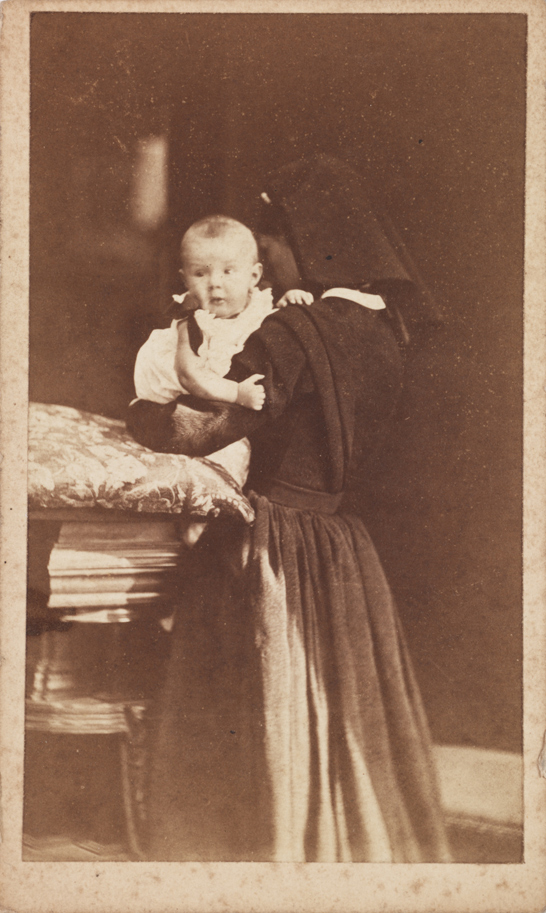
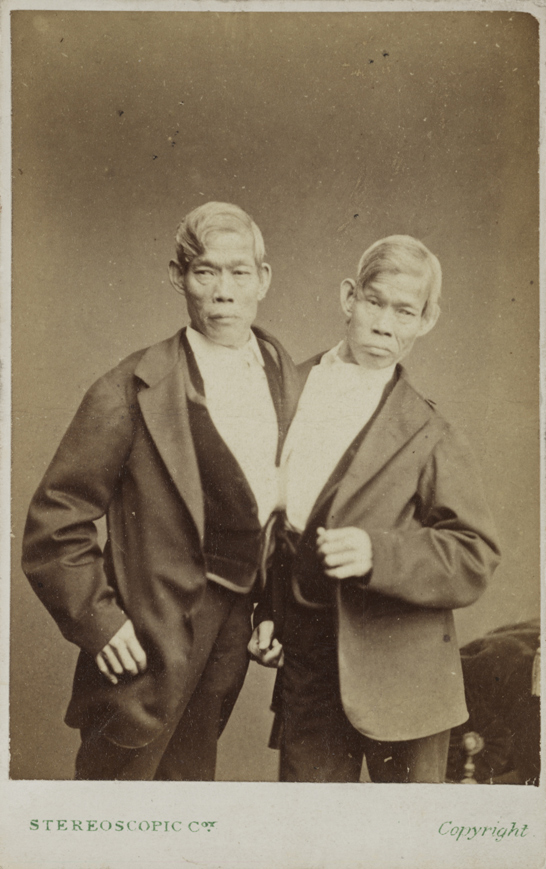
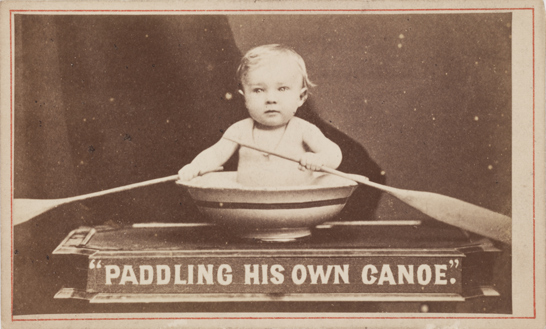
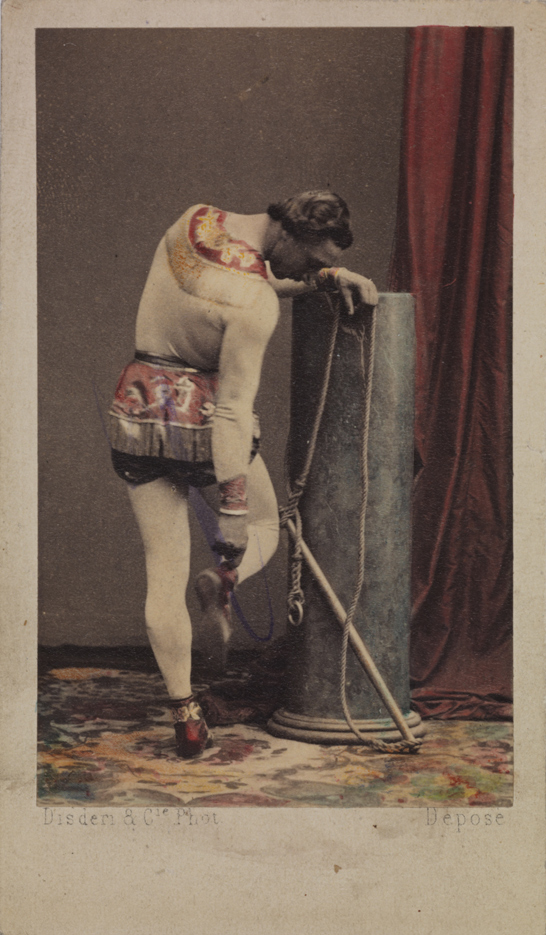
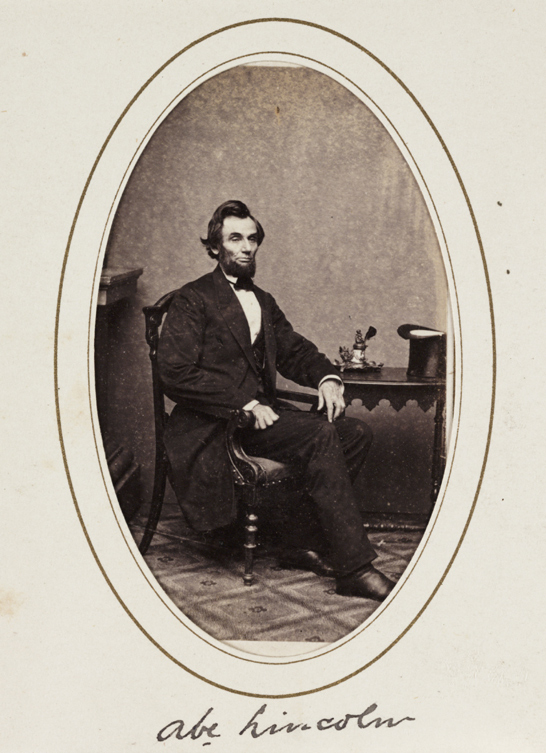
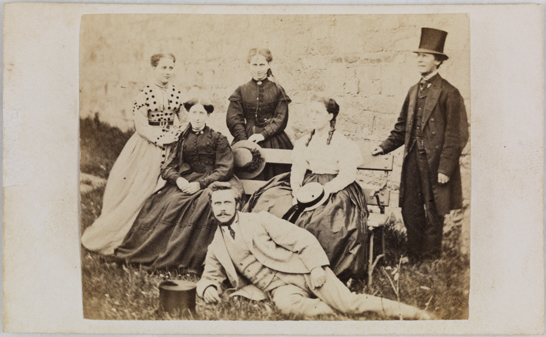
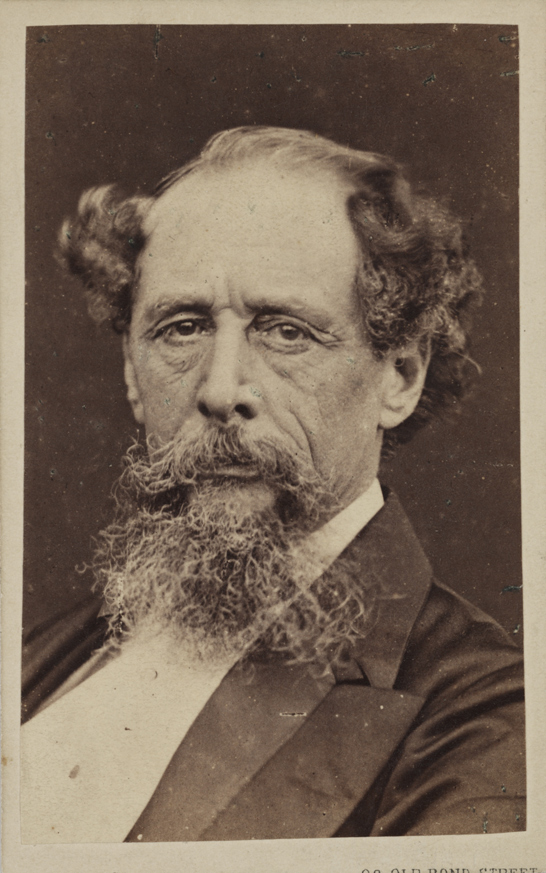
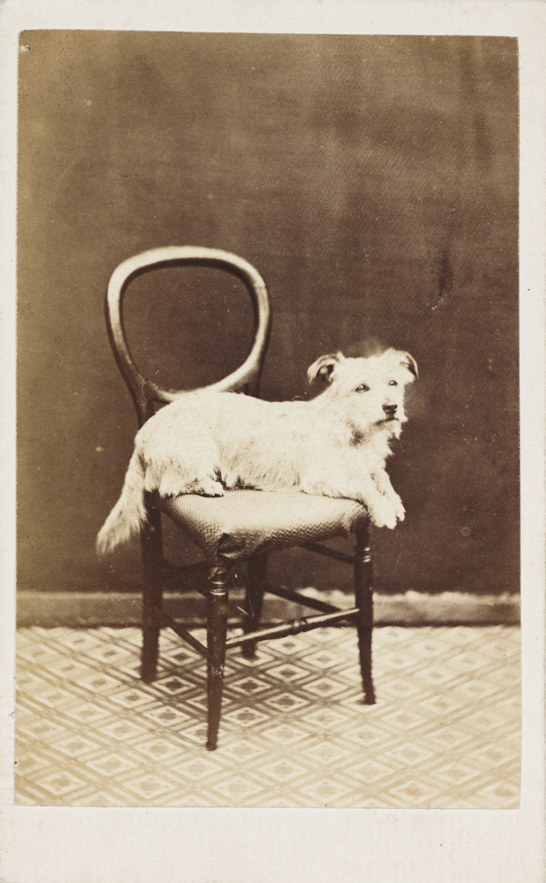
Further reading and interesting links
- Photographers of Great Britain and Ireland 1840 to 1940—an excellent website about studio photographers, their photographs, their studios and their customers.
- An extensive online exhibition of cartes de visite
- Audrey Linkman, The Victorians: Photographic Portraits. London: Tauris Parke, 1993
- ‘The Carte de Visite’, All the Year Round, 7 (March–September 1862) pp.165–168
- A Flickr group dedicated to the carte de visite
- The history of photography in pictures
More in the series
- How to spot a daguerreotype (1840s–1850s)
- How to spot a collodion positive/ambrotype (early 1850s–1880s)
- How to spot a ferrotype/tintype (1855–1940s)
- How to spot a cabinet card (1866–c.1914)
- How to spot a postcard (1900–1950s)
- How to date Victorian photographs
- How to date photographs by fashion
- Researching your photographer ancestors
Reblogged this on dcphotoartist.
Great
How do you tell if a CDV is a fake, or original ?????
Can you have a CDV without a mount? I have a very old picture of my 2x great grandmother and i’m pretty sure it is a CDV but it doesn’t have a mount though.
I have a carte de visite photograph of an industrial scene in Kent. This is from a local museum and they have no further details. If it is a Cdv it must be after 1854, the date of the Paris patent. How would I go about getting more detail, like photographer etc..
I have a CDV if one of my forebears produced by Henry J Sibley of Grafton Studios, London NW. Could you tell me which years Henry Sibley operated over.
More generally is their a reference about the various studios around the country. Most of the sites I visit seem just to want to sell me pictures.
I inherited an album with many unknown carte-de-visite. Are they of any value to anyone, any institution, or group? Most are from Louisville KY.
Where can I buy an album or another storage unit for my CDV’s 4 x 6.5. No plasticized sheets that stick to the photos.
Thanks.
My name is Rose, I’m taking a class in History on Photography. The more and more I research the answers I need to successfully complete quizzes, I find myself becoming more interested in taking photography. I really enjoy taking steps back in time. The culture, fashions, styles, the way they wore their hair, and the time put into looking their best. I really appreciate the endless travel photography has left. One of the best parts of what it offers is you can see it for yourself and not have to take the word of another human being and risk them giving you the truth or their own version of the truth. Thanks!
Keep it coming!
I have a photo signed and dated 1882!! Help me find out about it please if possible. I also have various photographs by C Hawkins and others
I have been left a collection of cdv and I would love to find out who the people are . I have one beautiful picture and it is signed and dated 1882 can anyone help me with this? Thanks emma
have a photo taken by W. W. Darnell. I believe it was taken in Cumberland Maryland probably around the 1880’s. It looks just like others I have that are CDV’s but it is bigger– 4×6. Definitely pasted on thin cardboard Edges of pic are squared but cardboard is rounded. It is possibly a cdv. Everything I read says they were only the 2.5 x 4 or so in size.
You are correct, a CDV card measures about 2 1/2 by 4 inches. The size and format was patented in 1854, and was commonly used in the US during the Civil War. Early examples have squared cornered pics with squared cornered cards, later versions were die cut, giving a radiused corner.
Your 4 x6 card photo is known as a cabinet card, which was patented in 1866 after the US Civil War was over.
I think have have numerous examples of my grandparents and children in this type of picture. They are from the early 1900’s in Indiana. I have several framed. Is this possible? They have no type of dating or insignia. I inherited these from my 2 aunts who we stayed with on a farm regularly.